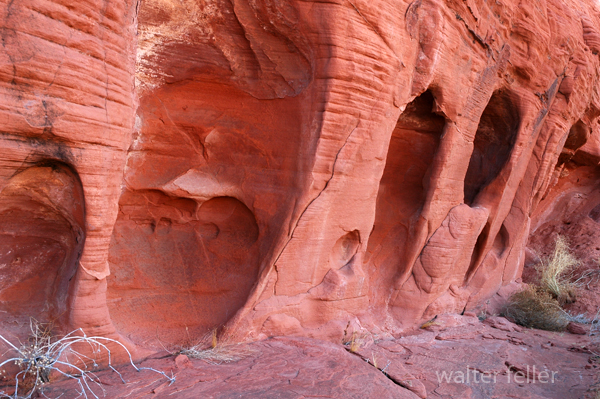Geologic History

The Valley of Fire takes its name from the brilliant red sandstone formations that dominate the landscape. These rocks are part of the Aztec Sandstone formation, composed mainly of ancient sand dunes that solidified over time. Layers of conglomerate, limestone, and shale are also present, recording shifts in climate and environment through long stretches of geologic time.
From roughly 192 to 178 million years ago, during the Jurassic Period, this region lay within a vast desert covering more than 150,000 square miles. Windblown sands drifted and piled into great dunes, which later compressed into stone. Today, traces of permineralized vegetation—petrified wood and other fossilized plants—serve as reminders of those ancient environments that once supported life in an age long before humans arrived.